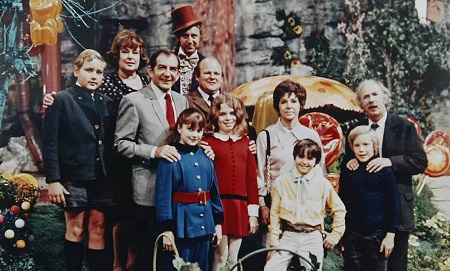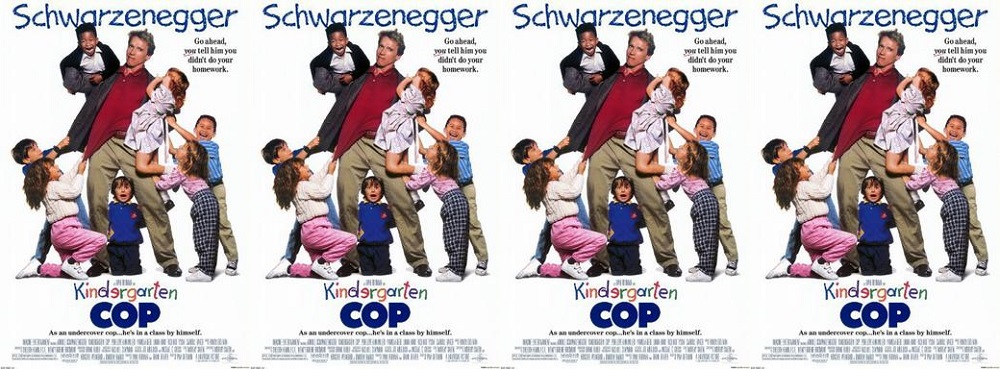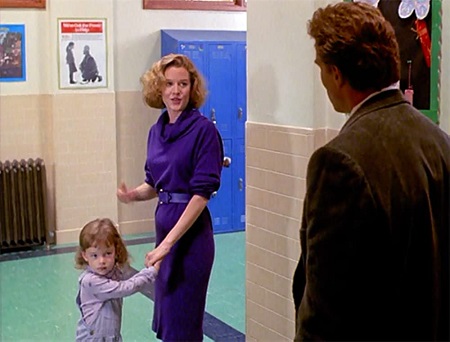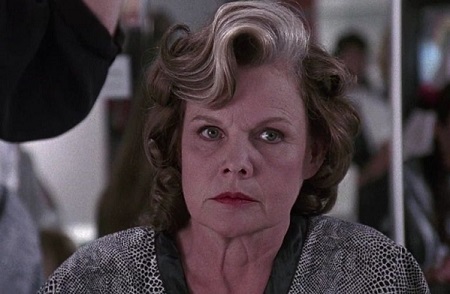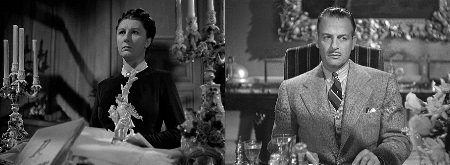With autumn brings the month of October. With October brings our looking into the slightly darker side of cinema with the George A. Romero movie Night of the Living Dead (1968). This feature length film was Romero‘s first as writer and director, with the horror and thriller concept reputation sticking with him throughout his career.

Night of the Living Dead begins in rural Pennsylvania as siblings Barbra and Johnny, as portrayed by Judith O’Dea and Russell Streiner, drive to a cemetery to visit their father’s grave. The pair engage in rather pedestrian conversation that eventually lends itself to a bit of teasing. The teasing quickly changes tone when an unseemly, unkempt man in a suit changes the introduces himself into the relationship. The living dead are now introduced, with S. William Hinzman portraying the manifestation, to zombies.

The fortunate soul to escape the zombie is Barbra, who flees the cemetery and her attacker. Seeking protection in a farmhouse that she stumbles upon, Barbra meets Ben, as portrayed by Duane Jones. Evidence that more than one zombie exists becomes immediately apparent, yet the immediate efforts to prevent the zombies from entering the main floor of the farmhouse reveal not the full situation.

With the farmhouse secured and a rifle in hand, Barbra shows herself to be overwhelmed by how out-of-her-senses she is following her brother’s fate, the attack she experienced, and then the sudden appearance in the home of Harry Cooper and Tom from the cellar of the farmhouse. Cooper, along with his wife Helen, had been nursing their daughter Karen in the basement. The notion of emergency news reports about a series of brutal killings led Tom and his girlfriend Judy to the farmhouse. Harry Cooper and Tom were portrayed by Karl Hardman and Keith Wayne, respectively.

Helen Cooper, Karen Cooper and Judy were portrayed by Marilyn Eastman, Kyra Schon and Judith Ridley, respectively. The story takes off from here in a sequence of debates about acting individually or collaboratively, with the impact of individual strategies offering increasingly harsh realities to address. The concepts of thriller definitely give way to the notion that Night of the Living Dead truly is a horror film. That notion of the planet Venus coming into the storyline honestly made me laugh.

The night that has proven to be for the benefit of the living dead eventually does lend itself to morning. Local police appear in an attempt to bring normalcy back to the community. That the outcome for those who’ve managed to survive the night is not guaranteed is brutal yet emotionally impacting for the film’s end. I give Night of the Living Dead as written and directed by George A. Romero 3.75-stars on a scale of 1-to-5.
Matt – Saturday, October 8, 2022











